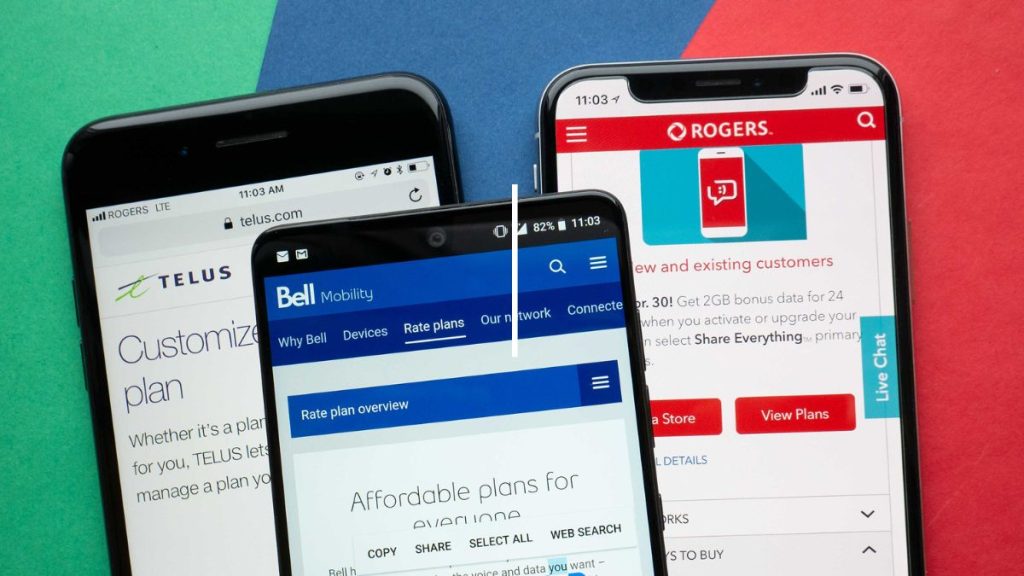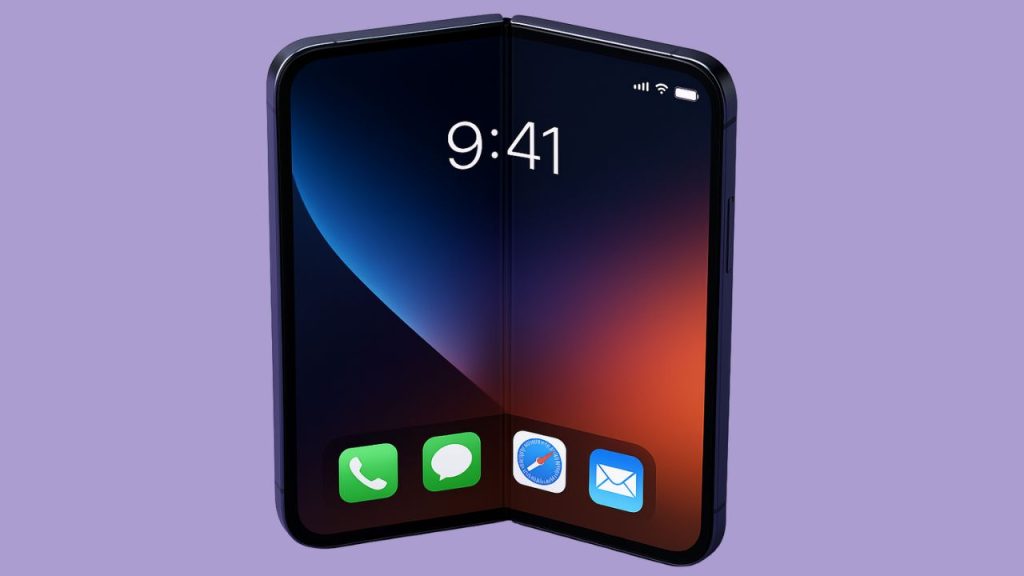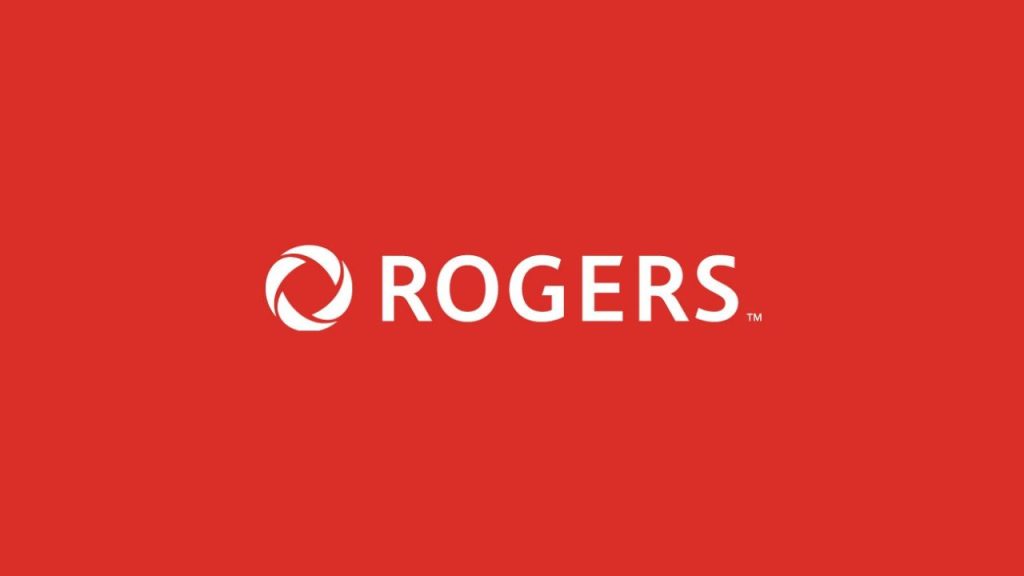Despite the increasing popularity of internet streaming services, households across Canada continue to watch television the “old fashioned” way. Of course, we’re talking about traditional cable TV, where customers pay every month for access to different channels. However, due to technological advancements within the industry, there are now more ways to watch television than ever before. While cable and satellite were the most popular kinds of television plans for years, Bell’s Fibe TV took the country by surprise when it was introduced back in 2010. With Fibe, customers could watch television using the power of their fibre optic internet connection. This allows for rapid speeds and a simple user interface, but it still hasn’t “replaced” cable television. So, which one is better suited for you? Throughout this post, we’ll go over everything you need to know about the Fibe TV vs cable debate. From how each service works to important pros and cons, we’ve got you covered.
All About Cable Television
Cable television took the world by storm in the 1950s. Instead of relying on the radio for entertainment, families could gather around a television set and feel fully immersed. Throughout the past few decades, cable television has competed with broadcast and satellite to become the definitive way of watching TV. Although all three methods are still used to this day, cable definitely won the war. While broadcast and satellite TV depend on large antennas and dishes, all cable really needs is a coaxial or fibre optic cable. Naturally, satellite dishes and antennas need to be placed outdoors, at a high point. This way, they are able to receive the signal better and transmit the best possible outcome. Of course, the biggest problem with this is the possibility of poor weather interrupting your signal. During heavy winds, rain and snow, your television feed could skip, blur or even cut out entirely.
Cable television avoids this problem, and feeds radio signals directly into your television box. Although more and more people rely on using the best streaming services on the market, cable television remains to be the best way to watch TV traditionally. Of course, every cable TV viewer needs a suitable plan. TV plans allow you to choose from an array of channels, from the best sports channels to premium ones like HBO. Cable TV plans are supposed to feel personalized, as if you are building a list of your favourite sources of entertainment. Fortunately, PlanHub will be launching a television plan searching tool soon! With this service, users can find the perfect TV plan that perfectly matches their needs. After asking a few basic questions, we’ll take care of the rest and match you with the greatest, most affordable options.
What is Fibe TV?
Obviously, to fully understand the Fibe TV vs cable debate, we need to understand both sides of the issue. Fibe TV is an IPTV service introduced by Bell back in 2010. Instead of relying on cables, antennas or satellite dishes, IPTV services allow users to watch TV using the internet. Fibe TV uses Bell’s fibre optic internet connection to provide homes across Canada with a high quality, uninterrupted television feed. Additionally, Fibe TV introduces several features to make your television experience as comfortable and intuitive as possible. For example, the free Fibe TV app allows you to enjoy all your favourite content while on the go. Stream to your heart’s content from your mobile phone, laptop or device of your choice when you can’t access your television.
Bell’s Fibe TV is sold as a bundle alongside their fibre internet service. This way, whenever you watch TV, you use their high-speed internet to ensure a stable connection. While you’re at it, Bell recommends that you also purchase one of their bulky mobile plans. With one of their plans, users can continue watching their favourite content while on a mobile network when they can’t access WiFi. Fortunately, Bell offers a variety of unlimited data plans. With one of these, you never have to worry about going over your data and losing connection in the middle of an important sports game. Instead, you can stream 24/7 using your strong internet connection and unlimited access to a mobile network.
Is Fibre Better Than Cable?
At this point, you should understand what makes Fibe TV and cable different from each other. With that in mind, it’s time to answer the question: Is fibre better than cable? Both methods are great in their own way, and neither is objectively better than the other. Still, one service may feel better according to you! In order to help you settle the Fibe TV vs cable dilemma, we made a quick pros and cons list:
Cable TV – Pros
- Access to hundreds of channels
- Choose from a number of personalized packages based on a variety of genres
- Affordable pricing with the option to be bundled with other services (internet, home phone)
- Better reception than “over-the-air” TV (broadcast/satellite)
Cable TV – Cons
- Must sit through commercials
- Packages are often excessive, you could end up paying for channels you never even watch
- Need to pay extra for premium channels
- Can only be watched from your television
Fibe TV – Pros
- Sold in a bundle with high-speed internet
- Content can be viewed on demand from either your TV or mobile device
- Access apps like YouTube, Netflix and much more on your TV screen
- Reduced installation fee if you sign a contract for a year or two
Fibe TV – Cons
- Only available in select regions of Canada
- You cannot watch TV if your internet cuts out!
- More costly overall, also requires more set up and installation
- Not available unless you sign up for Bell internet
Is Bell Fibe Really Fibre Optic?
After reading through our list of pros and cons, you should have a better understanding of which kind of television plan is better for you. However, you could also still be stumped and full of questions! Is Bell Fibe really fibre optic? Do I need on demand television? Is Fibe worth the price? Although Fibe really does use fibre optic technology, we can’t answer the other questions for you! Figuring out which television type to sign up for requires you to ask yourself all kinds of questions. By doing this, you’ll be able to easily outline all your personal preferences. From there, simply choose the method that better matches your taste! Overall, the process is easier said than done, but we’re sure you’ll be able to figure it out if you put in the time.
When it comes to making decisions, we cannot do all the work for you. However, PlanHub can make the process much easier by trimming the fat and introducing you to nothing but the best plans on the market. As we mentioned previously, this feature is not yet available for television plans, but will be coming soon. However, feel free to use our internet plan searching tool and mobile plan searching tool in the meantime! With these services, you’ll be able to find your perfect internet or mobile plan in just a few minutes. After answering a few basic questions, our services will present you with a long list of options. In the near future, our television tool will work the same way. We hope this tool can help you settle the Fibe TV vs cable debate once and for all!








